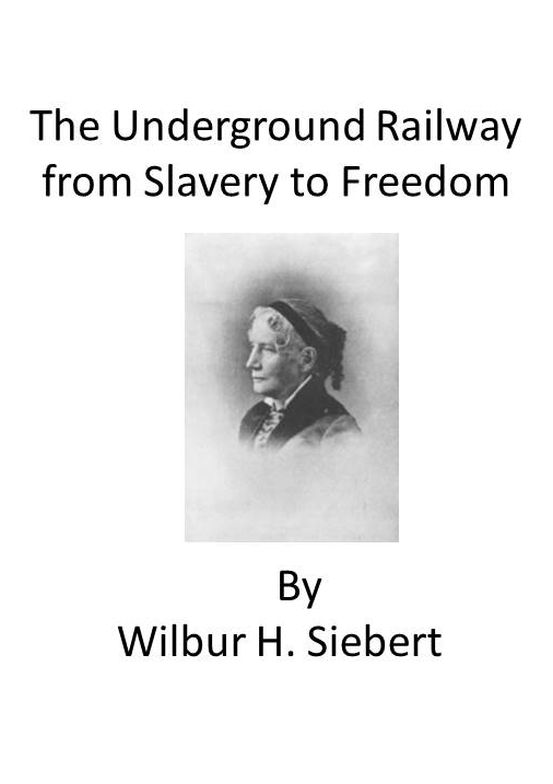The Underground Railroad from Slavery to Freedom / A comprehensive history

Author:Wilbur H. Siebert [Siebert, Wilbur H.]
Language: eng
Format: epub
Published: 2015-05-23T16:00:00+00:00
RUSH R. SLOANE,
of Sandusky, Ohio,
fined $3000 and costs for assisting runaways to Canada.
THADDEUS STEVENS, M.C.,
who befriended fugitives in southeastern Pennsylvania, and appeared for them in court.
J. R. WARE,
of Mechanicsburg, Ohio,
a station-keeper, in a centre receiving fugitives from several converging routes.
Ex-President R. B. HAYES,
who, as a young lawyer in Cincinnati, Ohio, served as counsel in fugitive slave cases.
Among the names of the legal opponents of fugitive slave legislation in Massachusetts, that of Josiah Quincy, who gained distinction in public life and as President of Harvard College, is first to be noted. Mr. Quincy was counsel for the alleged runaway in one of the earliest cases arising under the act of 1793.[825] In some of the well-known cases that were tried under the later act Richard H. Dana, Robert Rantoul, Jr., Ellis Gray Loring, Samuel E. Sewell and Charles G. Davis appeared for the defence. Sims' case was conducted by Robert Rantoul, Jr., and Mr. Sewell; Shadrach's by Messrs. Davis, Sewell and Loring; and Burns' case by Mr. Dana and others.[826]
Instances gathered from other Northern states seem to indicate that information of arrests under the Fugitive Slave acts almost invariably called out some volunteer to use his legal knowledge and skill in behalf of the accused, and that in many centres there were not lacking men of professional standing ready to give their best efforts under circumstances that promised, in general, little but defeat. Owen Lovejoy, of Princeton, Illinois, was arrested on one occasion for aiding fugitive slaves, and was defended by James H. Collins, a well-known attorney of Chicago. Returning from the trial of Lovejoy, Mr. Collins learned of the arrest of Deacon Cushing, of Will County, on a similar charge, and together with John M. Wilson he immediately volunteered to conduct the new case.[827] At the hearing of Jim Gray, a runaway from Missouri, held before Judge Caton of the State Supreme Court at Ottawa, Illinois, Judge E. S. Leland, B. C. Cook, O. C. Gray and J. O. Glover appeared voluntarily as counsel for the negro.[828] As a result of the hearing it was decided by the court that the arrest was illegal, since it had been made under the state law; the negro was, therefore, discharged from the arrest, but could not be released by the judge from the custody of the United States marshal. However, the bondman was rescued, and thus escaped. Eight men were indicted on account of this affair, prominent among whom were John Hossack and Dr. Joseph Stout, of Ottawa. Mr. Hossack, who was tried first, had an array of six of the leading lawyers of Chicago to present his side of the case; they were the Hons. Isaac N. Arnold, Joseph Knox, B. C. Cook, J. V. Eustace, E. Leland and E. C. Larnard. Mr. Stout had three of these men to represent him, namely, Messrs. Eustace, Larnard and Arnold.[829] Early in March, 1860, two citizens of Tabor, Iowa, Edward Sheldon and Newton Woodford, were captured while conducting four runaways from the Indian Territory to a station of the Underground Railroad.
Download
This site does not store any files on its server. We only index and link to content provided by other sites. Please contact the content providers to delete copyright contents if any and email us, we'll remove relevant links or contents immediately.
| General | Discrimination & Racism |
Nudge - Improving Decisions about Health, Wealth, and Happiness by Thaler Sunstein(7261)
iGen by Jean M. Twenge(5167)
The Fire Next Time by James Baldwin(5029)
Adulting by Kelly Williams Brown(4243)
The Hacking of the American Mind by Robert H. Lustig(4094)
The Sports Rules Book by Human Kinetics(4081)
The Ethical Slut by Janet W. Hardy(4042)
Captivate by Vanessa Van Edwards(3733)
Mummy Knew by Lisa James(3525)
In a Sunburned Country by Bill Bryson(3376)
The Worm at the Core by Sheldon Solomon(3328)
Ants Among Elephants by Sujatha Gidla(3282)
Suicide: A Study in Sociology by Emile Durkheim(2908)
The Slow Fix: Solve Problems, Work Smarter, and Live Better In a World Addicted to Speed by Carl Honore(2846)
The 48 laws of power by Robert Greene & Joost Elffers(2818)
Humans of New York by Brandon Stanton(2694)
Handbook of Forensic Sociology and Psychology by Stephen J. Morewitz & Mark L. Goldstein(2606)
The Happy Hooker by Xaviera Hollander(2586)
The Tipping Point by Malcolm Gladwell(2566)
